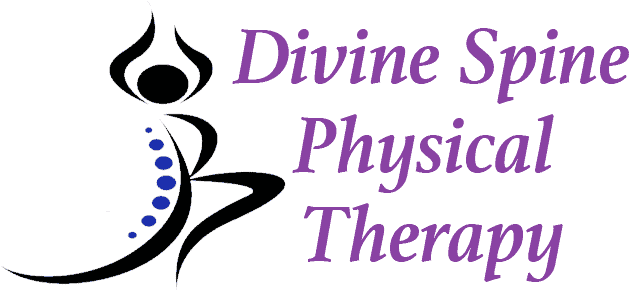There are several factors that may impact your ability to maintain balance. One of which is muscle atrophy and reflexes. In some situations, it isn’t an injury that holds you back from being able to move easily, but instead chronic weakness that may have developed as you recovered from an injury, or just as a result of the aging process. For many, loss of balance stems from the feeling of “running out of steam.” The increased fatigue means that you are more likely to injure yourself, creating a negative feedback loop of imbalance. Slow reflexes, poor posture, and fatigue can all make moving around far more difficult than it really is.
Your ability to maintain balance is dependent on far more than a pair of healthy feet and quality shoes. Your ability to balance is connected to much of your nervous system, and beyond. Each of the following body parts plays a role in your ability to stay balanced:
- Inner ears
- Eyes
- Joints
- Muscles
- Nervous system
- Cognitive functions
Therapy that improves gait and balance works with all of these systems to keep them functioning in harmony.
Gait and balance training have a range of benefits, with avoiding injuries being at the top of the list. Beyond lessening your chances of falling or feeling dizzy, you’re also more likely to feel confident with your footing. In addition, those aches and pains from poor posture are likely to decrease as well.
Physical Therapy for Balance & Gait Training
Physical therapy is the most effective tool for improving balance and gait training. Working with an experienced physical therapist can help you to regain your strength and footing by adopting new strategies regarding movement and posture. Targeted exercises can help you feel more confident and aware on your feet, and improved strength to the surrounding muscles will reduce fatigue and thereby lessen your chance of injury via fall.
The first thing to expect when meeting with a physical therapist for balance and gait training is a complete evaluation. You will be asked to walk, and notes will be taken concerning your foot placement, pace, and step style. Potential problems with your strength and posture will be identified, and then a strategy will be developed to determine which exercises will be best for your needs. Simple movements to test balance are also part of the assessment. Together, these basic evaluations point us in the direction of what to focus on in terms of therapy.
Hip and ankle weakness often leads to balance problems, as does poor posture. Strength and flexibility movements can help counteract these problems. These are often as simple as leg lifts while seated in a chair, or “knee marching.” We may also have you practice standing on one leg, walking heel-to-toe, or tracking the movement of your thumb with your eyes as you move it in various positions.
With our dedicated team behind you, you’ll regain confidence in navigating challenging terrain and learn how to avoid dizzy spells. You may even be able to leave that cane or walker behind! Call us today at Edison, NJ center or Monroe, NJ center, for a consultation so you can regain your independence as soon as possible.
